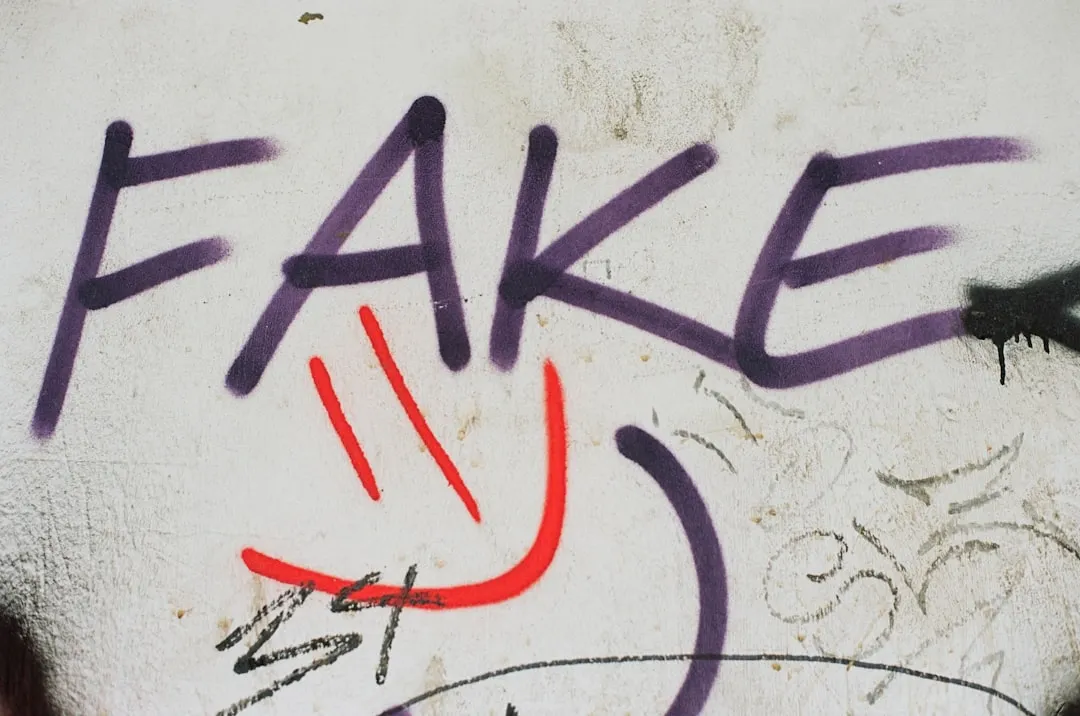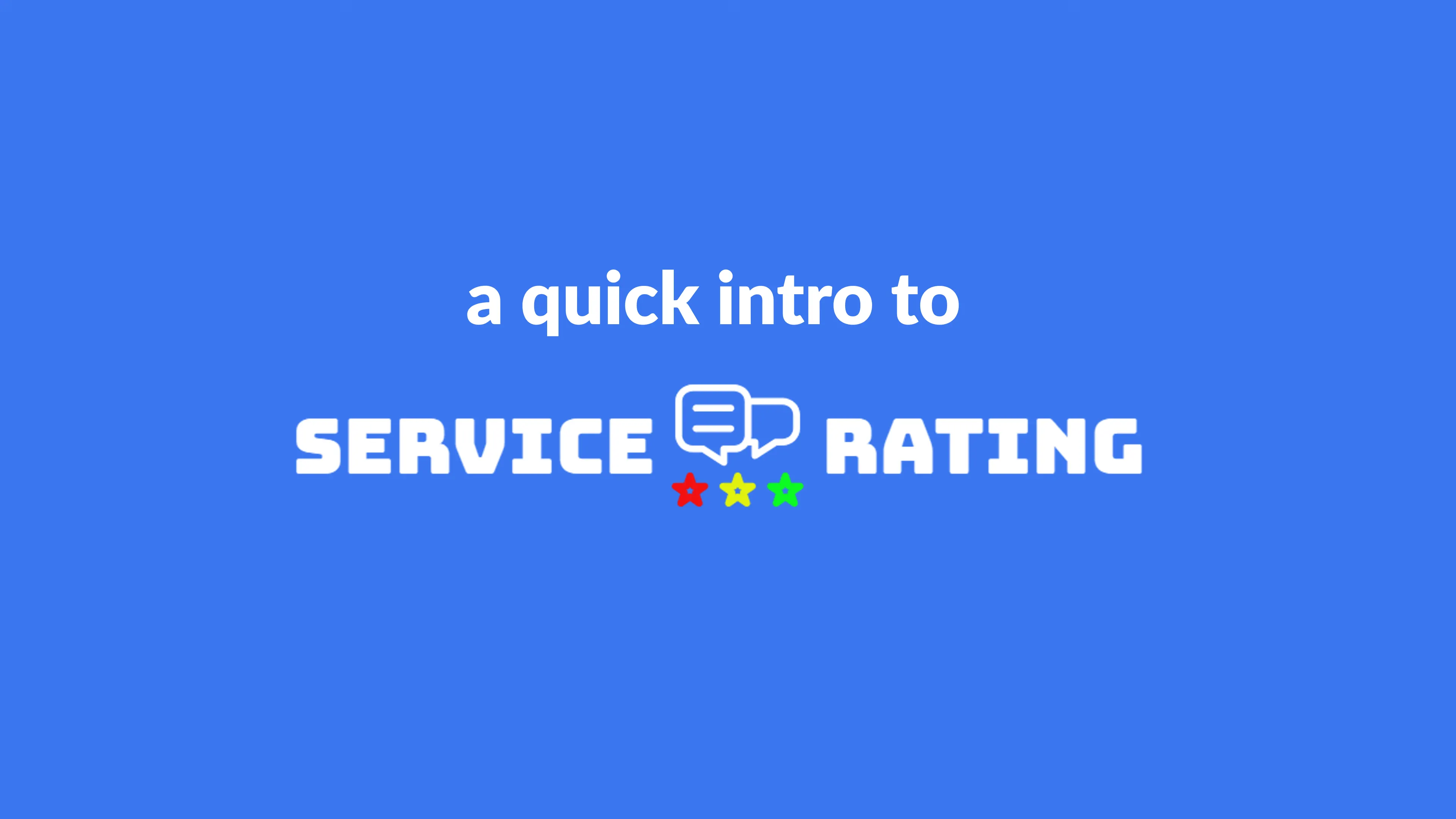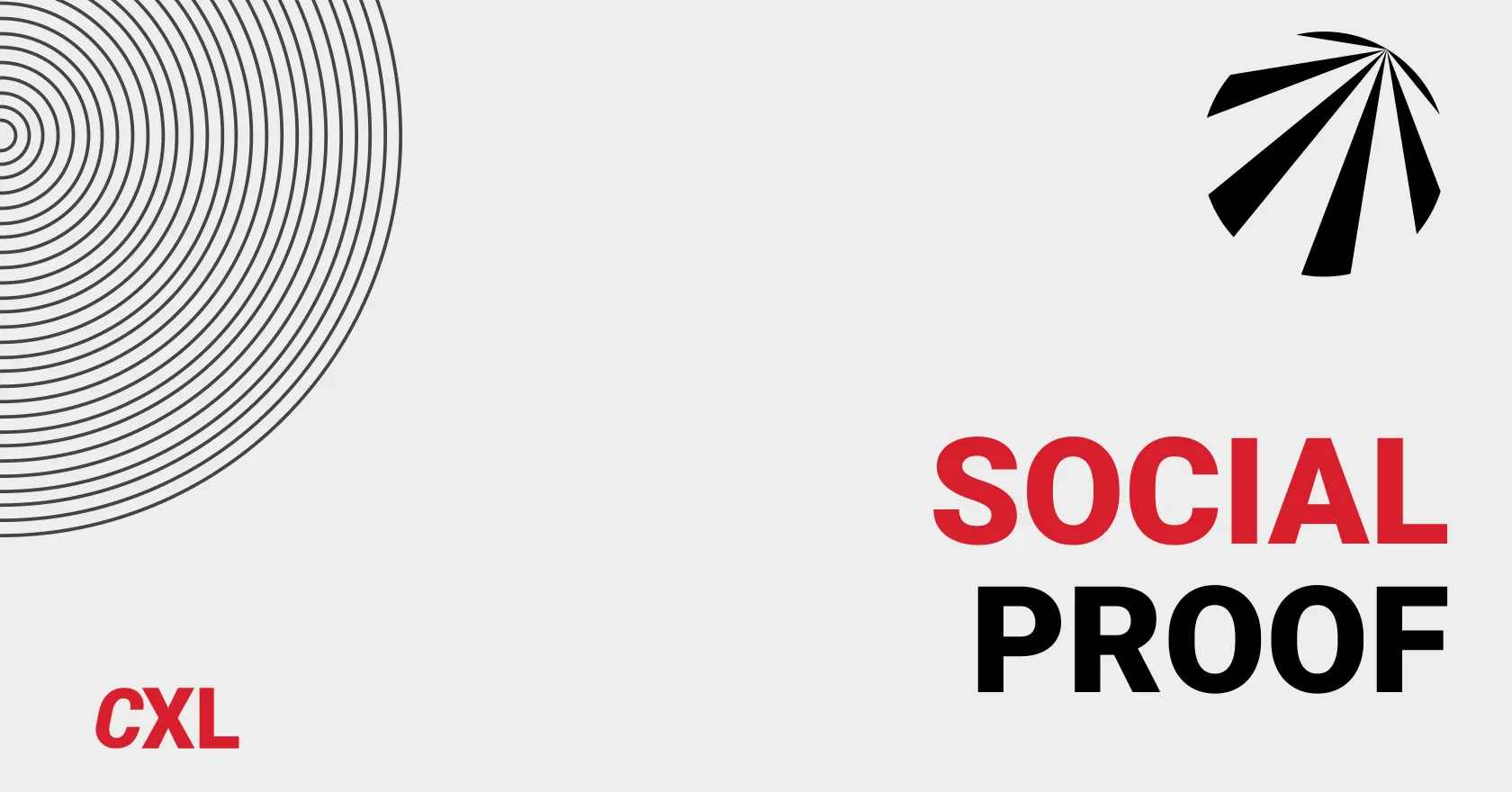Beyond Stars: A Real-World Guide to Removing Fake Reviews and Restoring Your Brand Reputation
A few years back, I watched a friend’s bakery almost close its doors because of a flurry of suspiciously nasty reviews that surfaced overnight. It wasn’t bad pastries that did it—it was digital sabotage. If you’ve ever felt gutted after seeing an unfair review or spent lunch breaks hitting “refresh” on Google, you know the stakes. In today’s wild online marketplace, tackling fake reviews isn’t just about protecting profits, it’s about defending your brand’s honor (and maybe your sanity). So, let’s take a decidedly human look at how to chase down the fakes and put your real customers’ voices back in the spotlight.

The Anatomy of a Fake Review: What They Look Like and Why They Hurt
In today’s digital world, online reviews can make or break a business. But not every review you see is the real deal. Fake reviews—whether they’re suspiciously glowing or harshly negative—are a growing problem in Reputation Management and can seriously impact your Online Reputation Management efforts. Spotting these fakes is the first step in protecting your brand reputation and keeping customer trust intact.
What Do Fake Reviews Look Like?
- Generic or Exaggerated Language: One of the biggest red flags is the use of vague, over-the-top language. Phrases like “worst ever,” “amazing service,” or “best of the best” without any real details are classic signs. If a review could fit any business, it’s probably not genuine.
- Lack of Specifics: Real customers usually mention something unique about their experience—names, specific products, or particular moments. Fake reviews tend to skip these details, making them feel hollow or robotic.
- Timing Patterns: If you notice a sudden cluster of reviews—especially negative ones—within a short time frame, it could be a coordinated attack. This is a common tactic used by competitors or disgruntled individuals trying to sabotage your reputation.
- Suspicious Accounts: Watch out for reviews from accounts with little or no history. If someone’s profile has only ever reviewed your business (or just a handful of others), it’s a red flag. Sometimes, these accounts are newly created just to post fake feedback.
- Overly Negative or Positive Reviews: Both extremes can be fake. A flood of five-star reviews that sound too good to be true is just as suspicious as a string of one-star rants. As Louis Pretorius puts it:
If your five-star reviews sound like they’re coming from robots, customers will sniff it out.
Why Fake Reviews Hurt Your Brand Reputation
Fake reviews do more than just muddy the waters—they can have real-world consequences for your business. Here’s how:
- Lost Sales: Potential customers rely on reviews to make decisions. If they sense something is off, they’ll take their business elsewhere.
- Broken Trust: When fake reviews are exposed, it damages the trust you’ve built with your audience. Even a hint of dishonesty can send loyal customers running.
- Distorted Brand Image: A mix of fake positives and negatives makes it hard for real customer sentiment to shine through. This confusion can hurt your brand’s credibility and make reputation management much tougher.
- Industry Sabotage: In some cases, competitors orchestrate fake reviews to drag your ratings down or artificially boost their own. This kind of manipulation is not just unethical—it’s a direct threat to your business’s online reputation.
Spotting and addressing fake reviews is a crucial part of brand reputation monitoring. By understanding the anatomy of a fake review, you can better protect your business and keep your online presence trustworthy.
Fact-Checking the Fakes: Tools & Tricks for Spotting Counterfeit Content
In today’s digital world, fake reviews and misleading content can pop up faster than you can say “reputation crisis.” The good news? There’s a growing toolbox of Reputation Monitoring Tools and AI-powered solutions to help you spot and squash counterfeit content before it damages your brand. Here’s how to get proactive about protecting your reputation—without spending your life glued to review sites.
Real-Time Monitoring: Your First Line of Defense
When it comes to catching fake reviews, speed matters. Real-time monitoring tools like Google Alerts, Reputation.com, and Hootsuite let you track brand mentions and new reviews as soon as they’re posted. Set up alerts for your business name, product names, and even competitors to get instant notifications. This way, you can respond to suspicious activity before it spirals out of control.
Cross-Reference and Compare
Fake reviews often travel in packs. Cross-check reviews across different platforms—Google, Yelp, Facebook, and industry-specific sites. If you spot identical or very similar wording, that’s a classic sign of copy-paste fakery. Duplicated content is a red flag for bots or coordinated attacks. Take screenshots and keep a log for your records; you’ll need this if you escalate to the platform or legal action.
DIY ‘Smell Test’: Trust Your Instincts
Sometimes, your gut is your best tool. If a review feels off, run a quick “smell test”:
- Does the language sound generic or robotic?
- Are there contradictions or details that don’t add up?
- Is the reviewer’s profile brand new or suspiciously inactive?
Don’t ignore your instincts—if it feels fishy, dig deeper. As Louis Pretorius puts it:
"Technology’s not infallible, but it beats squinting at your phone for hours."
AI-Powered Tools & Customer Sentiment Analysis
Manual checks are good, but AI is better for scale. AI-powered tools like Birdeye or ReviewTrackers use machine learning to sift through thousands of reviews, flagging suspicious patterns and language. Customer sentiment analysis digs even deeper, analyzing tone and emotion to spot sudden shifts that might signal a coordinated attack or viral rumor.
Social Listening: Catching Trends Before They Go Viral
Social listening platforms like Brandwatch and Sprout Social are essential for early detection. They scan social media, forums, and blogs for mentions of your brand—positive or negative. This helps you spot negative trends or viral rumors before they spiral, so you can step in and set the record straight.
Key Takeaways for Spotting Counterfeit Content
- Use real-time monitoring tools for instant alerts on new reviews and brand mentions.
- Cross-reference reviews across platforms to catch duplicates.
- Trust your instincts and look for inconsistencies.
- Leverage AI-powered tools and customer sentiment analysis for deeper insights.
- Monitor social channels with brand mentions tracking and social listening tools.
Take Action: How (and When) To Remove Fake Reviews and Negative Content
When it comes to Negative Content Removal and protecting your brand’s reputation, knowing exactly how and when to act is crucial. Fake reviews and misleading negative content can pop up anywhere—Google, Yelp, Facebook, or even niche forums. Here’s a practical, step-by-step guide to handling these situations using proven Online Reputation Management strategies.
1. Report Fake Reviews Using Platform Tools
Most major platforms have built-in reporting or flagging systems for reviews. This is your first line of defense. If you spot a suspicious review, use the platform’s reporting feature right away. Be thorough—submit as much evidence as possible, like proof the reviewer was never a customer or screenshots showing patterns of abuse. The more details you provide, the better your chances of success.
- Google: Use the “Flag as inappropriate” option on Google My Business.
- Yelp: Click “Report Review” and follow the prompts.
- Facebook: Use the “Find Support or Report Recommendation” link.
Remember, platforms want to keep reviews authentic. If your evidence is solid, they’ll often remove the offending content.
2. Reach Out to the Reviewer Directly
If the reviewer isn’t anonymous, consider reaching out. A polite, professional message can work wonders—sometimes people post negative content out of misunderstanding or frustration. Clarify the situation and, if possible, resolve their issue offline. Many reviewers will update or remove their post if you show genuine concern.
Pro tip: Keep all communication respectful and documented. This approach works more often than you’d expect, especially for borderline cases.
3. Legal Action for Defamation: The Last Resort
When fake reviews or negative content cross the line into outright defamation, legal action may be necessary. This is rare, but if the content is causing significant harm and you have clear evidence, consult a lawyer about your options. Lawsuits are time-consuming and expensive, so weigh the costs and benefits carefully.
"Don’t jump to lawsuits unless you’re ready for a marathon. Start with a report, not a retort".— Louis Pretorius
Legal action is only viable if you can prove the review is false, damaging, and not just an opinion. Always gather all documentation before proceeding.
4. Bury Negative Content with Positive SEO
If removal isn’t possible, use SEO Techniques Negative Reviews can’t compete with. Publish positive, keyword-rich content—think blog posts, press releases, and customer testimonials. Optimize these for search engines so they rank higher than the negative content, effectively pushing it down in search results.
- Highlight your brand’s strengths and recent successes.
- Encourage happy customers to leave authentic reviews.
- Use internal links and backlinks to boost your positive content’s authority.
This “bury with positivity” strategy is a cornerstone of modern Online Reputation Management and works especially well when reporting or legal action isn’t enough.
Best Defense: Building a Resilient Reputation (and Why Transparency Wins)
In the digital age, your brand reputation is shaped everywhere—review sites, forums, blogs, and every corner of social media. Building a resilient reputation isn’t just about removing fake reviews; it’s about creating a foundation of trust that can weather the occasional storm. Here’s how brands can defend themselves and thrive by focusing on transparency, proactive monitoring, and encouraging positive customer reviews.
Monitor Your Online Brand Presence Everywhere
Don’t just watch the big review platforms. Your brand can be mentioned in unexpected places—industry forums, niche blogs, Reddit threads, or even in the comments section of a viral post. Proactive monitoring of your online brand presence helps you catch issues early, before they snowball. Set up Google Alerts, use social listening tools, and regularly check all platforms where your brand might appear. This vigilance is the first step in brand trust building.
Respond to Negative Reviews with Professionalism and Honesty
Negative reviews happen to everyone. The difference between a brand that loses trust and one that builds it is how you respond. Always reply with professionalism and honesty—never try to delete or hide genuine complaints. Customers appreciate when a business owns its mistakes and addresses them directly. As Louis Pretorius puts it:
Be direct, be human. People don’t expect you to be perfect—they just want you to own it when things go wrong.
When you respond thoughtfully, you show potential customers that you care about their experience and are committed to improvement. This is a core part of brand reputation management.
Encourage Positive Customer Reviews—Consistency Matters
Even the best brands can’t avoid the occasional negative or fake review. The best way to balance this is by encouraging positive reviews from satisfied customers. Don’t be shy—ask for feedback after a great interaction, and make it easy for customers to leave a review. A small incentive, like a discount or entry into a giveaway, can go a long way. Over time, a steady stream of positive customer reviews will outweigh the rare negative one, boosting your credibility and search rankings.
Transparency: The Ultimate Trust Builder
Transparency is the secret weapon of brand trust building. If your business makes a mistake, own up to it publicly and explain the steps you’re taking to fix it. Customers are quick to spot dishonesty or cover-ups, and nothing damages brand reputation faster than a lack of authenticity. Instead, be open about challenges and improvements. This approach not only diffuses negativity but also turns critics into advocates.
- Monitor your brand everywhere—not just review sites.
- Respond to negative reviews with honesty and professionalism.
- Regularly ask for positive feedback; incentives help.
- Be transparent about mistakes and your solutions.
Remember, a resilient reputation isn’t about perfection—it’s about authenticity, consistency, and a willingness to engage openly with your audience.
Wild Card: The Hypothetical Review Crisis—A ‘What Would You Do?’ Scenario
Picture this: You wake up to find your business’s star rating has plummeted overnight. A single, viral fake review is spreading like wildfire—shared across social media, picked up by local news, and now sitting at the top of your Google listing. Your team is panicking, customers are calling with questions, and your reputation feels like it’s hanging by a thread. What’s your next move?
This is the kind of crisis that keeps business owners up at night. But here’s the thing—just like you practice fire drills, you should practice reputation drills.
As Louis Pretorius puts it:
"You practice fire drills—why not reputation drills?"
Running through hypothetical review crises is a smart way to build a crisis management plan that actually works. When your team knows exactly how to spot fake reviews, who contacts the platform, and how to communicate with customers, you’re less likely to freeze or make rash decisions in the heat of the moment. Planning for review-related crises keeps brands agile and less likely to panic when the stakes are high.
Let’s break down the scenario. Would you risk reaching out to the angry ‘customer’ who left the fake review, hoping to resolve things privately? Or do you focus on reputation management strategies—mobilizing your loyal customers to share their positive experiences and drown out the negativity? Maybe you immediately flag the review for removal, gather evidence, and contact the platform. Or perhaps you call in reputation repair services to help with damage control and SEO, pushing positive content to the top of search results.
There’s no single right answer, but discussing these options with your team ahead of time is key. A well-drilled team will respond faster and more effectively when the real thing happens. That means less confusion, fewer mistakes, and a better chance of protecting your brand’s hard-earned trust.
Proactive crisis planning—using hypothetical scenarios like this—helps you prep for the worst-case review attacks. It also improves your response speed, so you can act before the damage spreads. The best reputation management strategies aren’t just about reacting; they’re about being ready for anything, from a single fake review to a coordinated attack.
In the end, the goal isn’t just to survive a review crisis—it’s to come out stronger. By practicing your response, knowing your options, and keeping your team sharp, you’ll be ready to protect your reputation no matter what comes your way. Remember, you can’t always control what people say about your business online, but you can control how you respond. And when you’re prepared, you’re already one step ahead.
For more information on ServiceRating.CC, you can check out the following URL:
- Website: https://servicerating.cc
- Blog: https://blog.servicerating.cc
- Community: https://community.servicerating.cc
P.S. Don't forget to follow us on social media, the community, the website and the - - YouTube channel for even more inspiration and updates!
- Website: https://thereviewshed.cc
- Website: https://van-santen-enterprises.com
- Community: https://community.van-santen-enterprises.com
- Marketing Courses: https://thetraininghub.cc
- The Store: https://van-santen-enterprises.cc
- YouTube Channel: @VanSantenEnterprises
To Learn more about "Digital Marketing" or to stay informed, subscribe to the free newsletter or community.
.#ReputationManagement, #FakeReviewRemoval, #OnlineReputation, #BrandTrust, #CustomerFeedback, #DigitalMarketing, #ReviewMonitoring, #SEOForReputation, #PositiveReviews, #BusinessGrowth
TL;DR: No brand is safe from fake reviews, but with eyes wide open and the right strategies, your reputation can bounce back stronger than ever. Remember: identify, act, and keep your customer connections honest and open.












